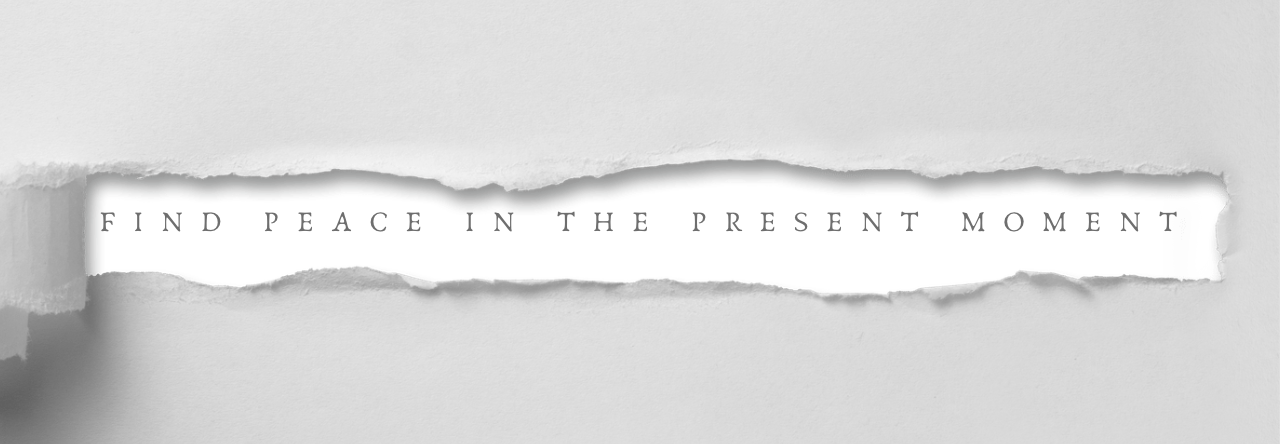
It doesn’t take much effort to feel stressed out and overwhelmed in the fast-paced world of today. Finding strategies to achieve balance and clarity in our lives is crucial, whether it’s because of employment, duties to our families, or simply attempting to keep up with the continual barrage of information and diversions. Mindfulness is a powerful tool for accomplishing this.
Being mindful means paying attention to the present and being in the moment. It involves being present with your thoughts, feelings, and bodily experiences without distraction or judgment. You can learn to handle stress, enhance your general well-being, and find balance in a hectic world by practicing mindfulness.
Stress reduction is one of the main advantages of mindfulness. Stress may be detrimental to your physical and emotional health and is challenging to overcome. By teaching you how to concentrate on the current moment rather than lingering on the past or worrying about the future, mindfulness can help you manage stress. Cortisol levels may decline as a result, and sensations of serenity and relaxation may rise.
Mindfulness can assist in lowering stress levels as well as enhancing general wellbeing. You can learn to spot negative patterns and implement positive adjustments by keeping your attention on the here and now and being conscious of your thoughts and feelings. This may result in an uptick in mood, a rise in self-awareness, and a sense of general wellbeing.
Being able to achieve balance in a hectic world is another crucial quality of mindfulness. We frequently feel as though we are being tugged in a great number of different directions and continuously attempting to keep up with everything. By slowing down and concentrating on what’s really essential, mindfulness can assist. You can find balance and establish deeper relationships with the people and things around you by developing your ability to be present in the moment.
The best way to practice mindfulness is to pick a way that suits you out of the many diverse approaches available. Exercises that promote mindfulness include yoga, journaling, and meditation.
A common mindfulness exercise called meditation entails finding a quiet area to sit and concentrating on your breathing. This can assist in mind-calming and in focusing attention on the present. There are numerous varieties of meditation, such as movement meditation, guided meditation, and mindfulness meditation. On the internet, you may find a variety of applications, videos, and guided meditations to get you started.
Another well-liked mindfulness exercise that incorporates breathing exercises, meditation, and physical movement is yoga. Yoga can encourage relaxation and inner calm while also assisting in the improvement of flexibility, strength, and balance.
A straightforward but effective mindfulness technique that might assist you in self-reflection is journaling. Writing down your thoughts and feelings might help you identify patterns and inclinations that might be preventing you from moving forward.
In a hectic environment, mindfulness is a potent tool that can assist you in finding equilibrium and clarity. You may alter your life for the better, discover meaning and purpose in what you do, and reduce stress by developing the ability to be present in the moment. Finding a strategy that works for you and incorporating it into your daily routine, whether it be through meditation, yoga, journaling, or another mindfulness practice, is crucial.

Leave a Reply